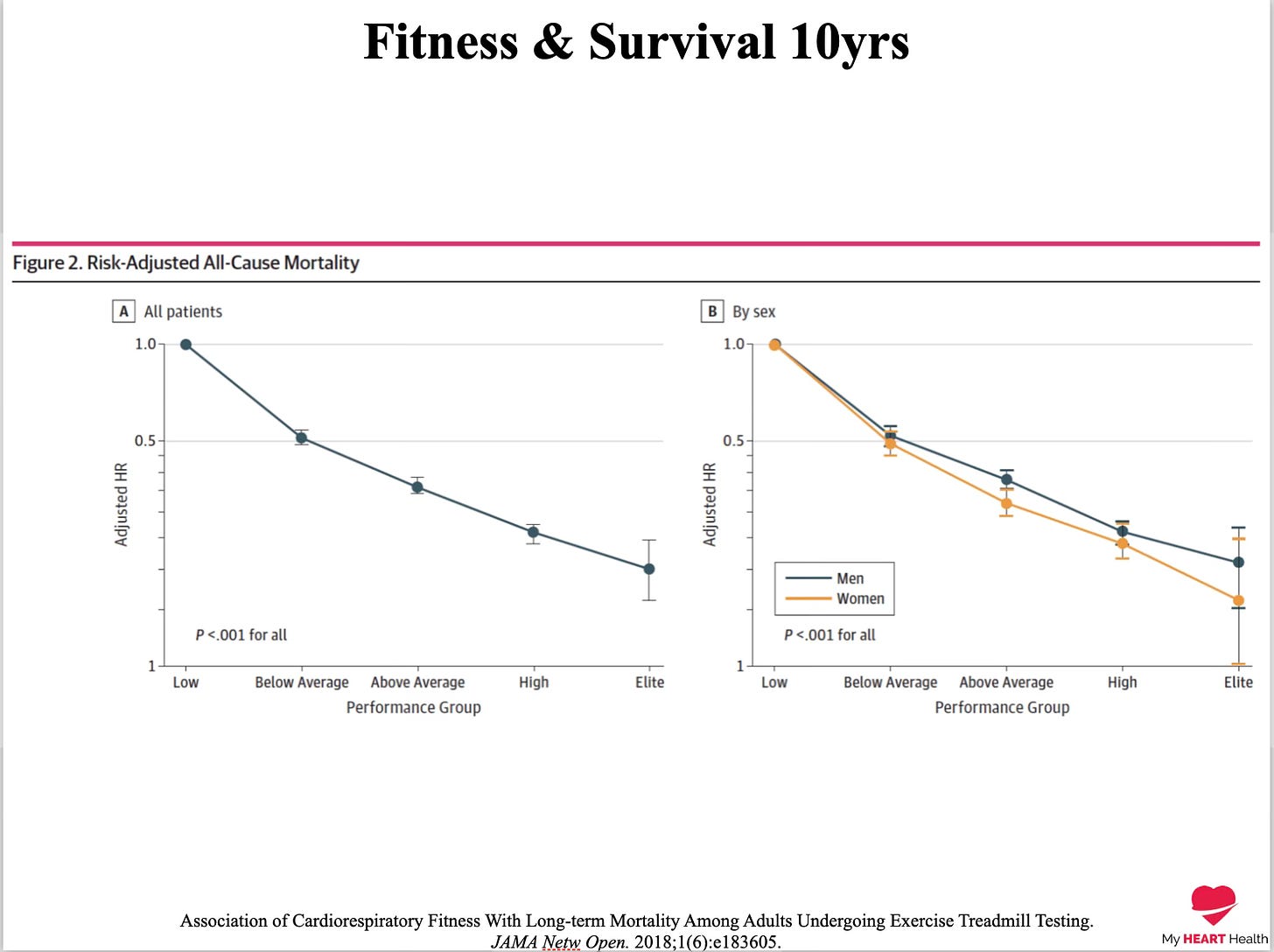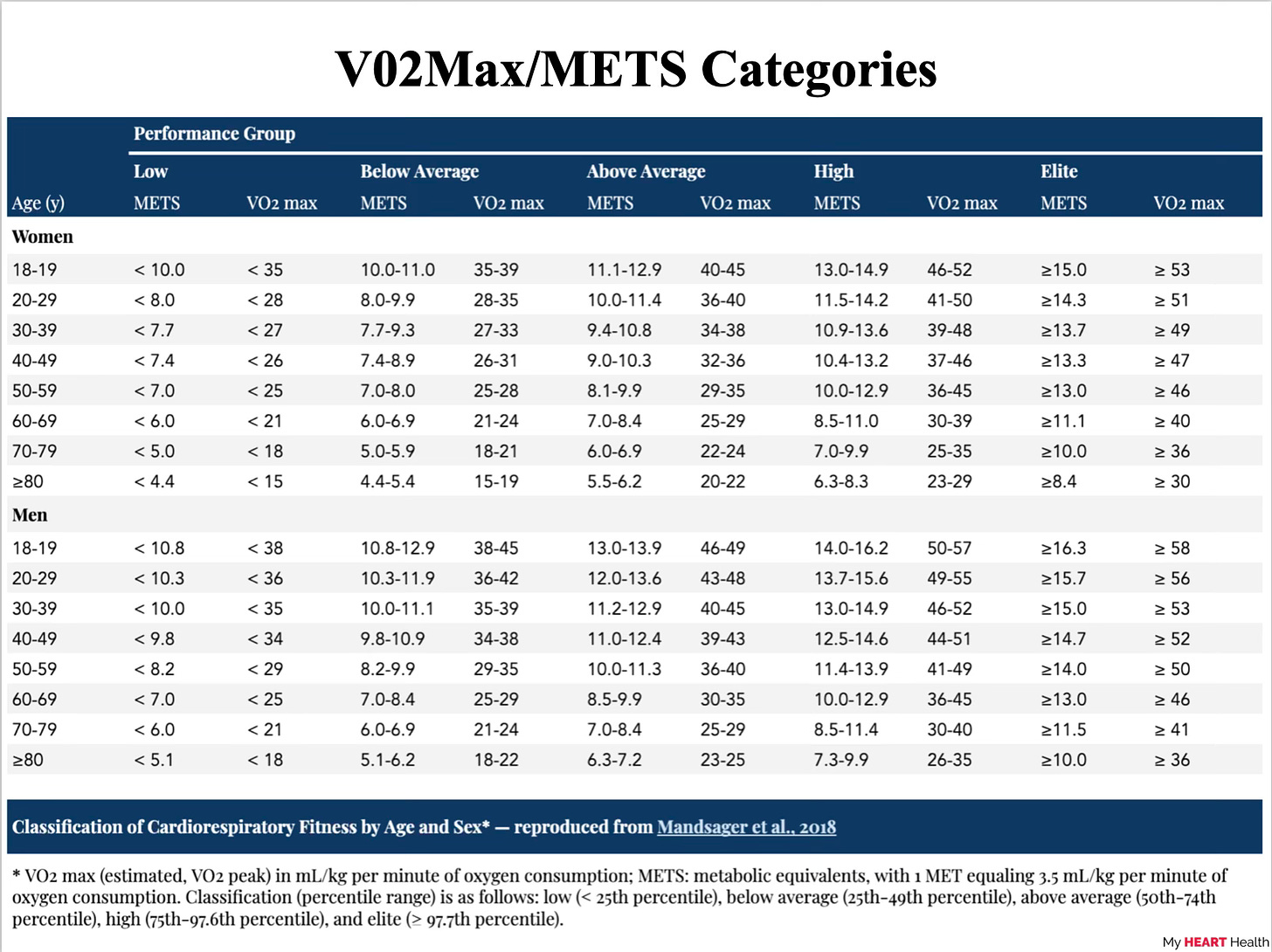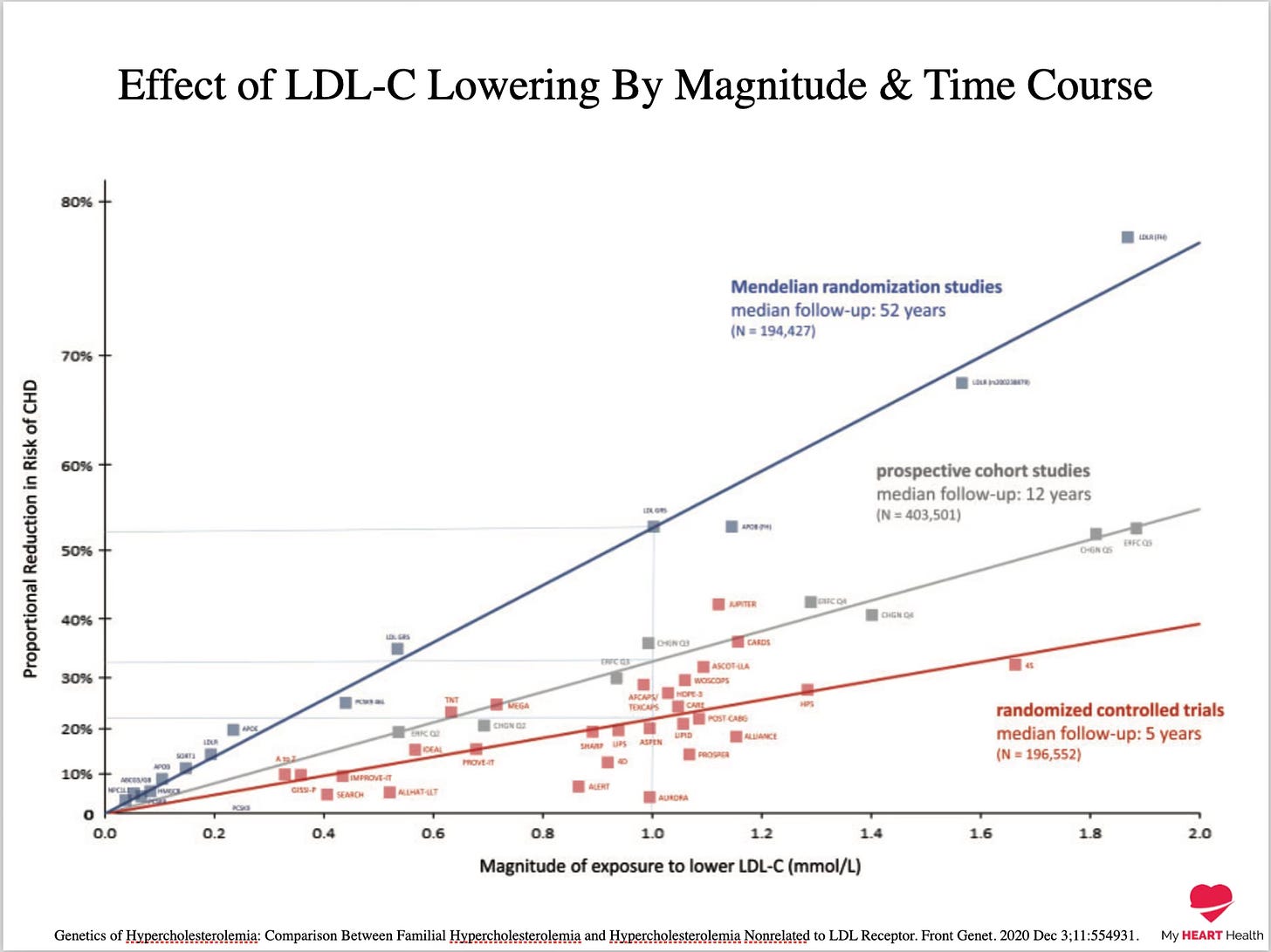5 Health Metrics To Consider In The New Year

New Year. New You.
At this time every year, billions of people likely begin their health journey.
Rather than just aiming to get ‘Healthy’ this year, how about setting clear targets for improvement that are highly correlated to positive health outcomes?
Here are five powerful metrics you can assess in the New Year to see where you stack up and where you might need to make some improvements.
-
V02 Max.
V02 max is the apex fitness metric that is tightly linked to longevity.
The relationship is clear: the higher your V02 max, the greater your likelihood of living a longer life.

Assessing your V02 max can be done in several ways.
The most common and the one I would recommend is a formal cardiopulmonary exercise test using a metabolic cart. This will give you a huge amount of information, but most importantly, it will give you your V02 max.
You can quickly evaluate where you stack up compared to an age-matched peer.
When you do this you must always consider the fact that aiming for average here may not be the best strategy because if you are aiming to be an above average 80 year old, you cannot settle for being an ‘average’ 50 year old.

An alternative way to assess your V02 max is by doing a Cooper test. This generally involves running as far as you can over 12 minutes.
You then input that distance figure into any Cooper test calculator online to get an estimate of your current V02 max.

-
Lactate Threshold
When it comes to improving your V02 max interval repeats can be a useful way of bumping up your figures.
However, your base level of fitness will have a bigger impact on this over longer periods of time. This aerobic base will be developed primarily by engaging in Zone 1 and Zone 2 training.
How to assess your zones is one of the most common questions I get.
Doing a lactate threshold test is a great way to dial in your zones and see what energy output or heart rates correspond to each one.
In general, to ensure you are in Zone 1 or 2 your serum lactate should generally be below 2 mmol/l.
The test involves a slow ramp of speed or energy output and having repeated assessments of your lactate levels using a finger stick device.
When serum lactate levels rise at low workloads it reflects poor aerobic fitness and also likely suboptimal metabolic health. World class athletes can generate large power outputs before shifting their serum lactate levels above 2 mmol/l.
A lactate threshold test can be done in most sports medicine centres.
For the even more adventurous of you out there you can even buy your own lactate meter to do the test yourself.

-
ApoB
The relationship of serum ApoB levels and cardiovascular risk over your lifetime is clear.
The greater the cumulative exposure the higher the likelihood of cardiovascular disease.

The inverse then holds true.
The lower your cumulative ApoB over your lifetime the lower your cardiovascular risk.
Serum ApoB levels are a better predictor of risk than LDL-C levels which forms part of the standard lipid panel.
So this year, assess your ApoB levels and if you want to maximally reduce your risk aim for an ApoB of less than the 5th percentile of the population.

-
Muscle Strength
Muscle strength and muscle mass are closely linked to improved longevity and better health outcomes.
The same as all the metrics mentioned so far it is important you benchmark where you are so as you can work out how to get to where you want to be.

There are many ways to assess muscle strength depending on which muscle group or activity you are interested in.
The easiest proxy for overall muscle strength is grip strength.
The relationship between higher grip strength and longevity is clear.
The higher your grip strength the greater the likelihood you will live a longer life.
For every 5kg reduction in grip strength the odds of an earlier death from any cause or from cardiovascular disease increase by about 20%1.
Grip strength is easily assessed using a dynamometer which many gyms will have available or can be easily purchased online.
If you are below where you should be the answer is simple.
You probably need to start lifting heavy things.
-
Cardiac CT
In simple terms you cannot die from a condition you do not have.
If you do not have coronary artery disease the probability of you dying from it then is very low.
The factors that we have discussed so far are all important risk factors for developing coronary artery disease.
They influence the probability of you getting coronary artery disease but they do not tell you whether or not you HAVE coronary artery disease.
A cardiac CT is a low dose CT scan of your heart that assesses whether or not you have plaque in your coronary arteries and if so, how much.
In general, the more plaque you have, the higher your risk of a heart attack over the next 10 years. This is commonly done as a CT Coronary Artery Calcium (CAC) score with a figure of more than 0 indicating the presence of advanced plaque.
A score of greater than 100 typically reflects a high risk of a heart attack over the next 10 years.

A CAC score of 0 is a powerful predictor of being in a low risk category over the near term but for longer term risk assessments you should focus more on risk factors.
Remember, the whole point is to DELAY the onset of the disease as long as possible.
Summary
Most people would value from doing the first four tests listed here every year. The cardiac CT requires a little more consideration but this might just be the year.
If I was to recommend one test it would be the V02 max.
But only if you are willing to put in the effort to modify your figures after.
If health is a priority you will be well on your way if you can optimise the five metrics listed above.
New Year. New You?
You decide. You measure. You Track.
Associations of grip strength with cardiovascular, respiratory, and cancer outcomes and all cause mortality: prospective cohort study of half a million UK Biobank participants BMJ 2018; 361 :k1651




